Animals
-
 Animals
AnimalsAbandoned frog eggs can hatch early
If their father doesn’t keep them hydrated, frog embryos react by hatching early.
By Susan Milius -
 Genetics
GeneticsY chromosome gets a closer examination
The Y chromosome may play a larger role in Turner syndrome and in health and disease differences between males and females than previously thought.
-
 Animals
AnimalsA guide to the world’s biggest flightless birds
A rhea on the loose in England has prompted warnings about approaching the bird. From ostriches to cassowaries, here’s your guide to friendly and unfriendly big birds.
-
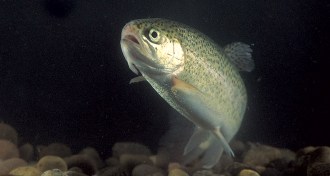 Animals
AnimalsFrustrated fish get feisty
Smaller rainbow trout become more aggressive towards bigger fish when they don’t their usual treats.
By Susan Milius -
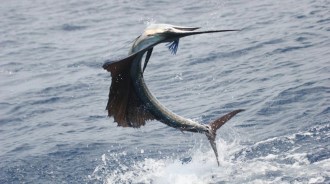 Animals
AnimalsSecrets of a sailfish attack
The large, long-nosed sailfish use their rostrums more like a sword than a spear to attack prey.
-
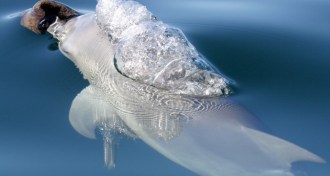 Animals
AnimalsDolphins use sponges to dine on different grub
The animals can learn to use tools to exploit food sources that would be otherwise unavailable, a study suggests.
-
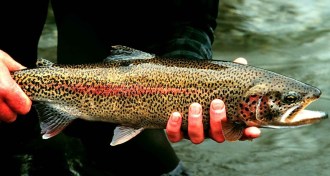 Genetics
GeneticsRainbow trout genome shows how genetic material evolved
The finding challenges the idea that whole genome duplications are followed by quick, massive reorganization and deletions of genetic material.
-
 Animals
AnimalsSubmariners’ ‘bio-duck’ is probably a whale
First acoustic tags on Antarctic minke whales suggest the marine mammals are the long-sought source of the mysterious bio-duck sound.
By Susan Milius -
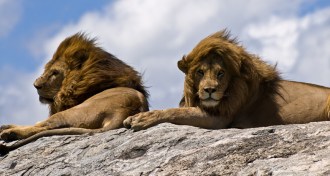 Life
LifeCheetahs, but not wild dogs, manage to live with lions
One conservation tenet says that cheetahs can’t survive when lions are around, but it’s wild dogs that disappeared in one lion-dense area of the Serengeti.
-
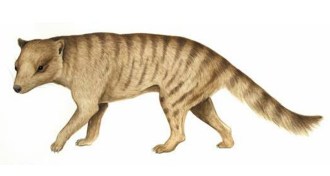 Animals
AnimalsLittle thylacine had a big bite
A reconstruction of the skull of a thylacine, an extinct, fox-sized Australian marsupial, reveals that the animal could have eaten prey much larger than itself.
-

-
 Tech
TechTo do: Exhibits to explore this May in D.C. and New York
Events include a celebration of science and original watercolor paintings from John James Audubon.